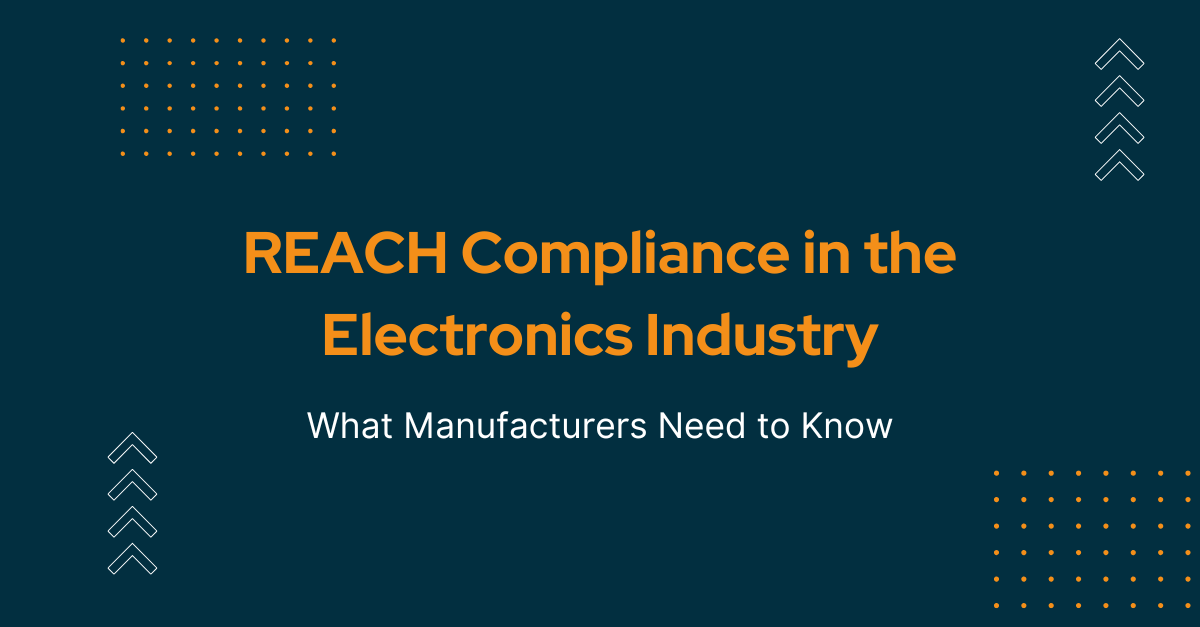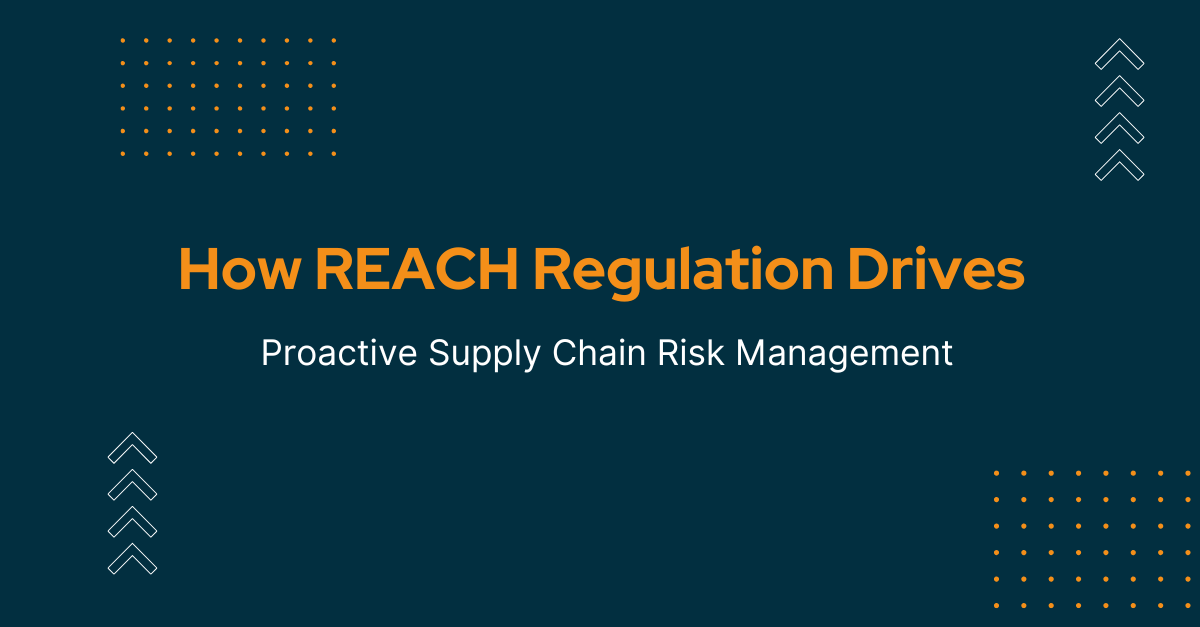Table of Contents
If you're selling products in the EU, you’re likely facing dual compliance requirements for REACH and SCIP. While both deal with Substances of Very High Concern (SVHCs), they exist under different laws, serve different purposes, and require different reporting approaches.
Let’s break down how they compare—and what it means for your regulatory compliance
Quick Overview of REACH Regulation vs SCIP (Waste Framework Directive)
SCIP Is Not a REACH Alternative
As of January 5, 2021, all EU manufacturers, importers, and assemblers must submit SCIP dossiers if their products contain SVHCs above 0.1% w/w.
SCIP does not replace REACH—you need both:
- REACH ensures the safe use and customer awareness of chemicals.
- SCIP ensures recyclers and waste handlers have access to SVHC data.
ECHA and national authorities now routinely audit both systems in parallel (especially post-REF-10 inspections).
Reporting Requirements of REACH and SCIP
- REACH Article 33 / Article 7(2)
- Notify if SVHC >0.1% w/w in an article
- Provide name + safe use information to customers
- No fixed format: SDS, declaration, test reports accepted
- SCIP Database Reporting
-
Submit detailed dossier via IUCLID-based template
-
Identify:
- Article containing SVHC
- Material composition
- Location of SVHC in article
- Article category code (CN/UNSPSC)
-
Submission required before placing on market
-
Each submission gets a unique SCIP number
Who Must Report REACH and SCIP ?
Industry Spotlight: Who's Affected Most by REACH and SCIP ?
- Electronics: Flame retardants, lead, plasticizers
- Automotive: Elastomers, coatings, cable assemblies
- Furniture & Home: Formaldehyde, phthalates, adhesives
- Apparel/Textiles: Azo dyes, chromium VI, PFAS
- Toys: Phthalates, cadmium, lead
If your product includes multiple materials or parts, expect SCIP obligations.
Best Practices to Maintain REACH and SCIP Compliance
-
Centralize Material Data
Maintain a single SVHC mapping layer for both REACH & SCIP.
-
Automate SCIP Dossier Creation
Use tools that build IUCLID-compatible dossiers in bulk.
-
Use Supplier Declarations + FMDs
Full Material Disclosures speed up validation.
-
Monitor SVHC List Updates (Jan & July)
Both REACH Art. 33 and SCIP must be updated promptly.
-
Connect Compliance to PLM/ERP
System-to-system integration reduces manual entry and audit errors.
How Acquis Simplifies SCIP + REACH Compliance
With Acquis, you get an integrated compliance solution that:
- Collects and validates supplier SVHC declarations
- Automatically builds and submits SCIP dossiers
- Flags BOM items affected by SVHC list updates
- Maintains dual REACH/SCIP logs for audits
Want to remove compliance guesswork? Book a Free Demo and streamline dual compliance with Acquis.



